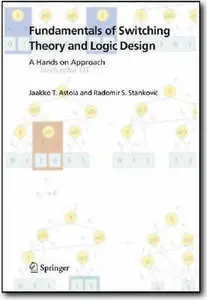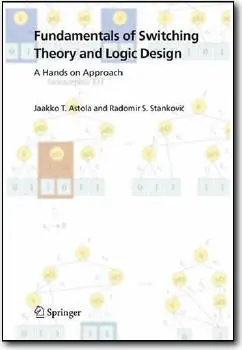Fundamentals of Switching Theory and Logic Design by Jaakko T. Astola, Radomir S. Stankovic
Springer | March 7, 2006 | ISBN: 0387285938 | PDF | 342 pages | 2,82 Mb
Switching theory and logic design provide mathematical foundations and tools for digital system design that is an essential part in the research and development in almost all areas of modern technology. The vast complexity of modern digital systems implies that they can only be handled by computer aided design tools that are built on sophisticated mathematical models. Fundamentals of Switching Theory and Logic Design is aimed at providing an accessible introduction to these mathematical techniques that underlie the design tools and that are necessary for understanding their capabilities and limitations.
As is typical to many disciplines a high level of abstraction enables a unified treatment of many methodologies and techniques as well as provides a deep understanding of the subject in general. The drawback is that without a hands-on touch on the details it is difficult to develop an intuitive understanding of the techniques. We try to combine these views by providing hands-on examples on the techniques while binding these to the more general theory that is developed in parallel. For instance, the use of vector spaces and group theory unifies the spectral (Fourier-like) interpretation of polynomial, and graphic (decision diagrams) representations of logic functions, as well as provides new methods for optimization of logic functions.
Consequently, Fundamentals of Switching Theory and Logic Design discusses the fundamentals of switching theory and logic design from a slightly alternative point of view and also presents links between switching theory and related areas of signal processing and system theory. It also covers the core topics recommended in IEEE/ACM curricula for teaching and study in this area. Further, it contains several elective sections discussing topics for further research work in this area.



